
Imagine walking down the street and next to you unfolds a canvas of green forest inhabited by tapirs, deer and migratory birds. One block later, you become one more character in a typical Guanacaste scene starring sabaneros (traditional rancher or cowboy) and women making tortillas in a wooden house.
After more than a year of coating the walls with paint and history, the community of Bagaces has turned the canton’s downtown area into a permanent art exhibit.
A Town Gallery
In May of 2020, the cultural management office of the Municipality of Bagaces, together with artists from the community and with support from local businesses, began to paint murals on the walls of houses and businesses.
The municipality took care of the logistics, the artists donated their work and the businesses and residents provided the materials to paint the works.
“It would be very selfish to call it the municipality’s project, because it’s from the community. Little by little the community went to see what we were painting and began to get involved. They brought us cookies, coffee, and they wanted to support us with materials,” recalled the municipal cultural manager, Nicolas Guevara.
The manager stated that the purpose of the murals is to rescue the community’s cultural identity through art.
I feel like that goal has been achieved since they’ve been there for more than a year and none of them have a single mark on them. That means that the townspeople are taking care of them and feel that they are theirs,” added Guevara.
Local artist Carlos Cerdas was one of the people from the community who approached the cultural manager to offer his talent.
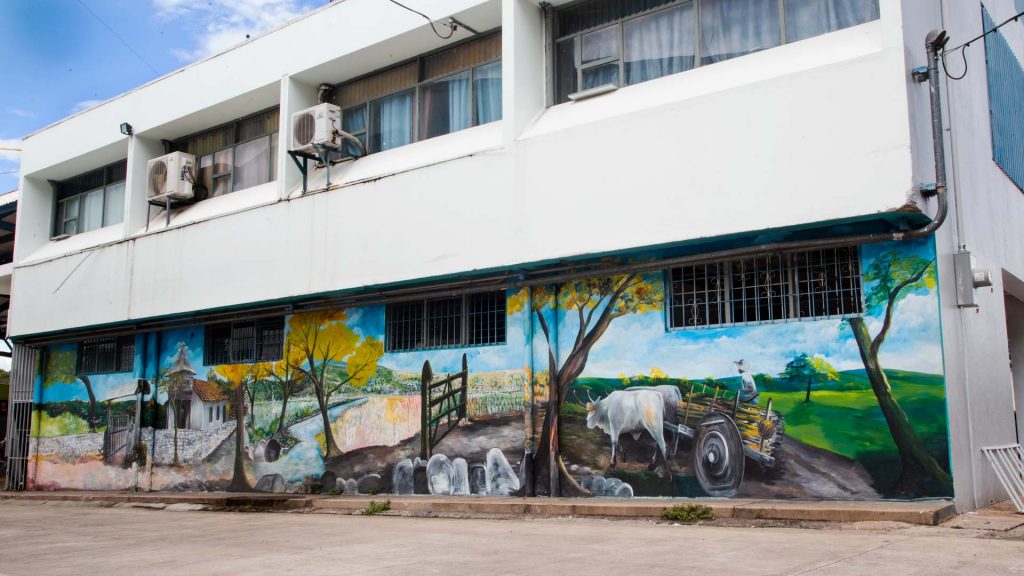
The artists take about three months to paint each mural since they only work on them on weekends. Credit: Rubén F. RománPhoto: Ruben F. Román
Although Cerdas calls himself a farmer, he says that in addition to working in the field, he also works as a builder, woodworker and carpenter. But since he learned artistic drawing at the Center for Distance Studies in Barcelona, Spain, he devotes most of his time to drawing and painting.
With his talent, he’s been serving the community not only as a muralist but also as a teacher. He worked for 15 years at the Professional Institute for Community Education (IPEC for the Spanish acronym) in Liberia and also takes advantage of his time when he’s painting the murals to teach younger ones.
I feel happy because now there are many who are painting, who are drawing, so I say we did something well,” added Cerdas.
Painting Other Panoramas
Bagaces isn’t the only canton that has turned to murals as a way to show off its history and culture. Santa Cruz has also done so on several occasions.
In December of 2016, the first edition of the Santa Cruz Lives Mural Festival got started, which, year after year, has been saturating the canton’s downtown area with murals, with pieces very similar to the ones we see now in Bagaces.
Their themes revolve around the canton’s identity: the masquerade, the bull riding culture, religion, gastronomy and nature.
“The idea was to put together a collection of many stories and visual references that could be more accessible to the public,” commented visual artist Jose Jackson Guadamuz, one of the minds behind the festival.
With each edition, the organization tries to expand not only the artistic techniques but also the themes of each mural. To achieve this, they invite artists from other Guanacaste communities who want to share a new technique or present themes to develop at the festival.
Guadamuz considers it necessary to research before producing a work so as not to fall into repetitions of what the ‘Guanacaste culture’ means.
More should be produced, more written, more should be published so that eventually [each community’s] culture becomes the object of study.”
Yorleny Espinoza, who has a master’s degree in second languages and cultures from the National University (UNA) at the Nicoya campus, believes that these activities can educate people about their identity. That’s why she considers it valuable to take into account other social aspects that have been part of history.
We focus a lot on activities, on the tangible, but we leave out the people. The ones who carry out actions that have to do with Guanacaste’s culture are so important,” Espinoza added.
In addition to the stamps of the eternal Guanacaste of the sabanero and the hacienda, in Santa Cruz, they also took the opportunity to pay tribute to important people from the community such as Mariía Leal or Bernabela Ramos.
Espinoza believes that these are other narratives that can enrich our history and continue to evolve with the culture.
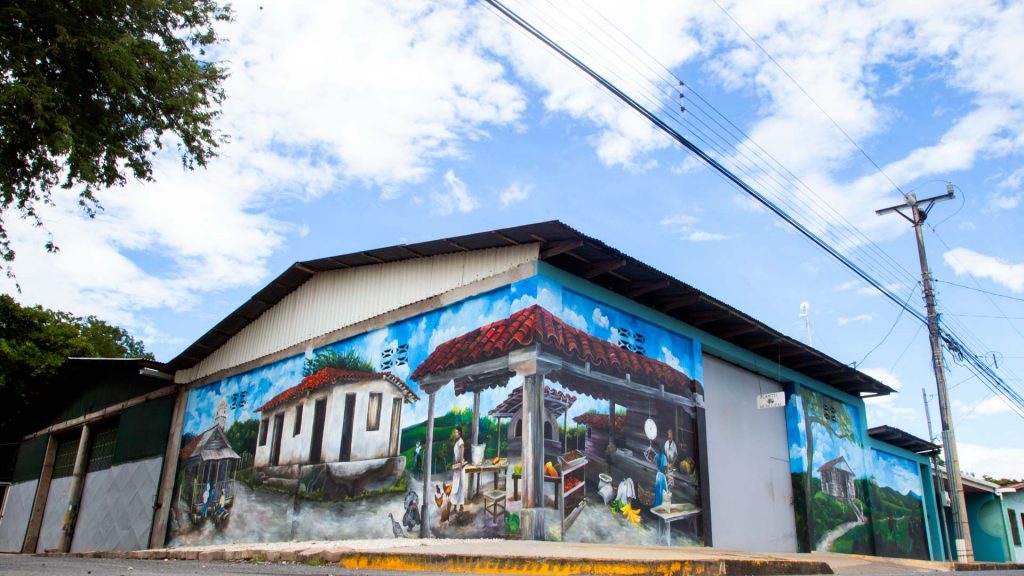
Credit: Rubén F. Román
Yes to Culture (But Without Money)
Nicolas Guevara began organizing the culture office from scratch a couple of years ago. In the province, only the municipalities of Bagaces and La Cruz have cultural managers.
One of the main challenges for Guevara is the lack of financing for cultural projects.
An investigative report done in 2018 by Semanario Universidad and the Punto y Aparte project determined that most of the country’s municipalities allocate less than 3% of their resources to cultural programs.
I want art to stop being seen as an expense, but rather as an investment. Tourism is also attracted through art and culture, and tourism brings economic development,” affirmed Guevara.
To carry out projects, the cultural manager has resorted to some resources from the local government, as well as support from the community and other institutions such as the Ministry of Culture and Youth.
Last year, the Municipality of Bagaces allocated funds for repairing marimbas and buying sound equipment for cultural activities.
They have also taken other actions to preserve the canton’s memory beyond the murals, such as reviews of the canton’s history, cultural videos and an album of photographic memorabilia that they hope to turn into a gallery.
We need the mayors to believe in cultural management and open positions, and for them to assign budgets for projects. You have to believe and also dignify these types of projects that are important,” concluded Guevara.


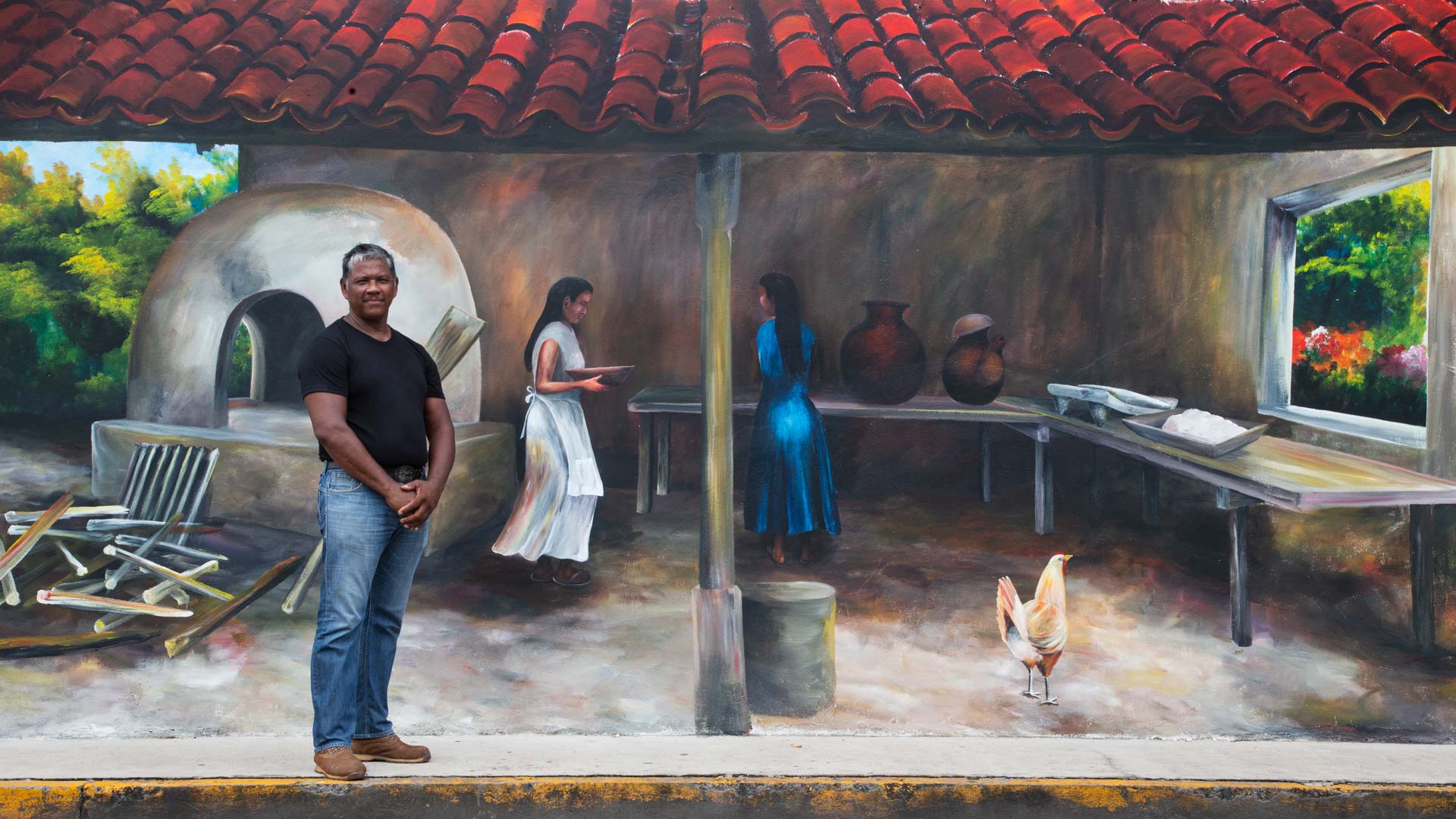
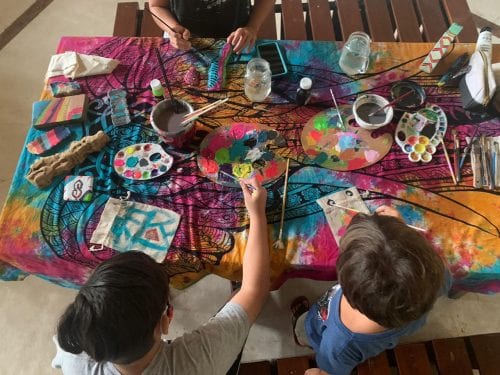
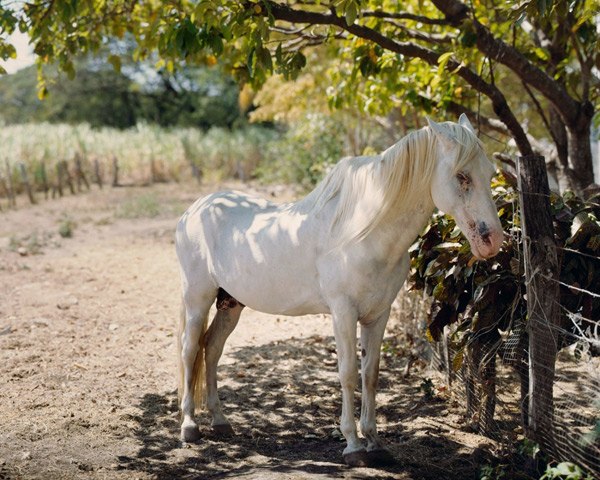
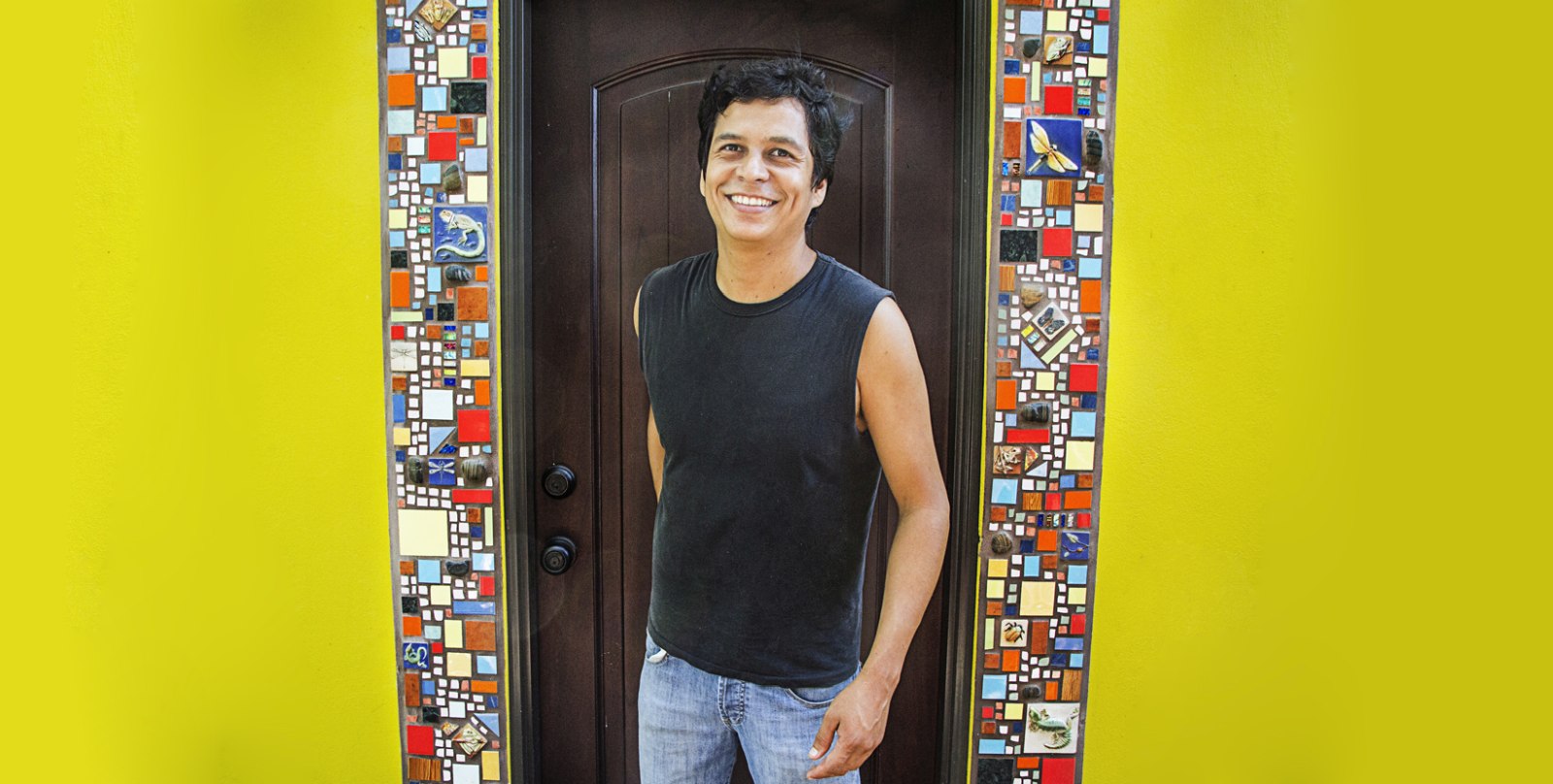

Comments